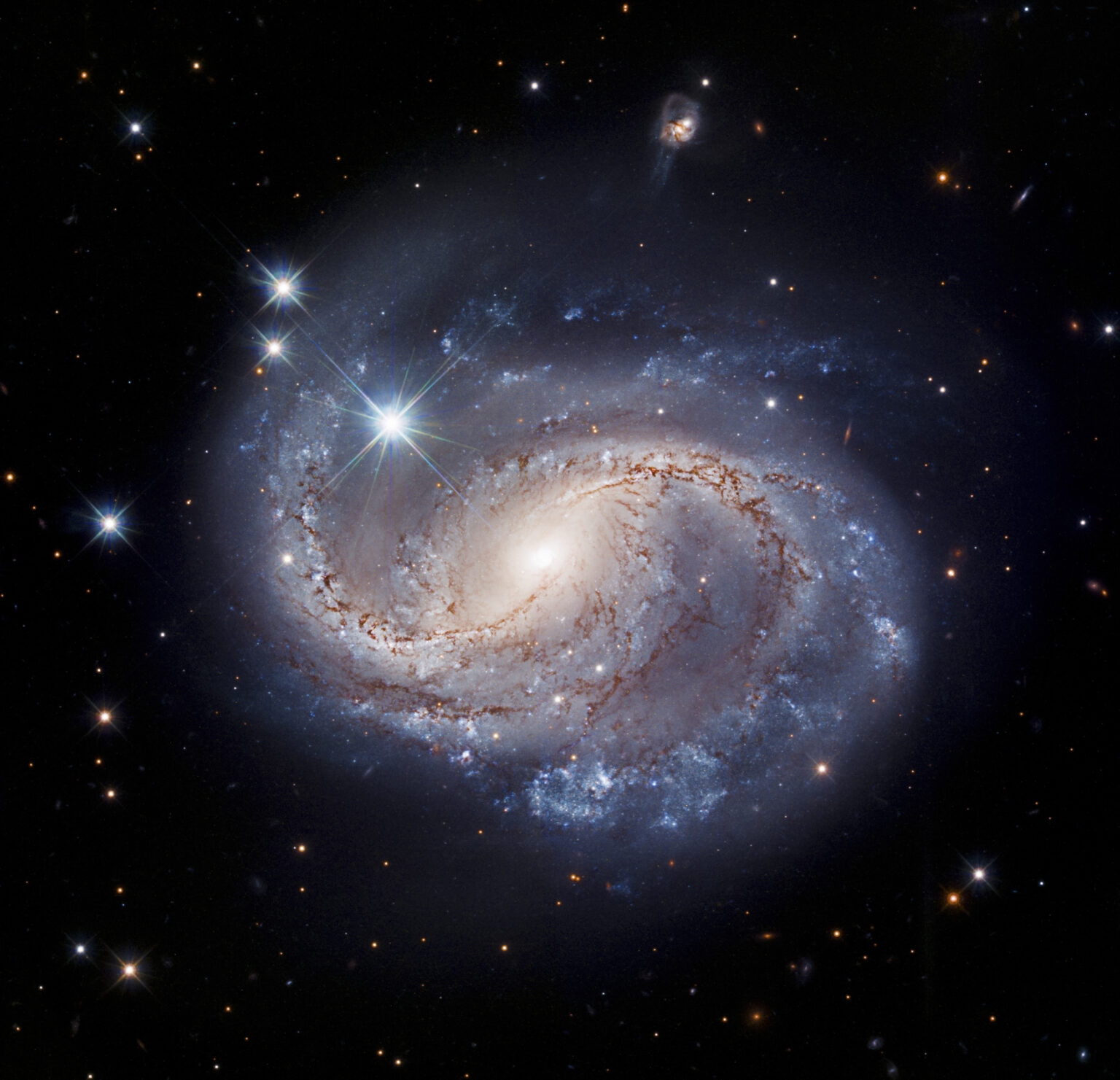Astronomers using the Hubble Space Telescope took pictures of the barred spiral galaxy NGC 6956, which is located in the constellation Delphinus. This object was discovered by Friedrich Wilhelm Herschel, who first observed it on October 19, 1784.

NGC 6956, known as LEDA 65269, IRAS 20415+1219, and UGC 11619, is about 215 million light-years away. Astronomers observed NGC 6956 to study its Cepheid variables, which are stars that periodically brighten and dim.
The peculiarity of Cepheids is that they help scientists calculate the distance to them with high accuracy. Visible brightness on the Earth compared to actual brightness allows astronomers to determine cosmic distances to extragalactic objects.
NGC 6956 also contains a Type Ia supernova, which is the explosion of a white dwarf star that gradually accreted material from its companion star.
“The supernovae and variable brightness of Cepheids — namely how quickly they dim over time — allow scientists to measure distance to them. We can use measurements from Cepheids and Type Ia supernovae to refine our understanding of the universe’s expansion rate, also known as the Hubble’s constant,” the researchers said.
Earlier we reported on how the Hubble telescope adjusted the rate of expansion of the universe. According to NASA materials
